Daeiljung (대일정)
0m 16750 2024-04-07
3 Suhakjeongseok-gil, Taein-myeon, Jeongeup-si, Jeonbuk-do
This Korean restaurant prides itself on serving an abundant Korean set meal, notably featuring the marinated hairy crab set menu and the grilled galbi patties set menu. Each set is accompanied by a lavish selection of 20 different side dishes. The marinated hairy crab, a seasonal delicacy, involves small river estuary crabs prepared in a savory sauce of green onions, red pepper paste, and soy sauce, ideally mixed with white rice. The grilled galbi patties, a harmonious blend of beef and pork, are grilled to perfection, offering a savory taste and a rich, juicy gravy. To conclude one's meal, enjoy a comforting serving of warm scorched rice soup and plum tea, which provides a gentle, soothing end to the rich flavors. Here, one can indulge in the full spectrum of sophisticated Korean cuisine.
Museongseowon Confucian Academy [UNESCO World Heritage] (무성서원 [유네스코 세계문화유산])
6.6 Km 20273 2024-04-07
44-12 Wonchon 1-gil, Chilbo-myeon, Jeongeup-si, Jeonbuk-do
Museongseowon Confucian Academy was built in 1615 to honor Silla's scholar Choe Chiwon (857-?). An important cultural heritage for understanding the Confucianism and culture of the Joseon Dynasty, it is recognized as a representative example of seowon architecture and listed as a UNESCO World Heritage Site. The traditional architecture still remains, and the surrounding scenery, including old ginkgo trees, is beautiful.
Jeongeupanu (정읍한우)
7.5 Km 61 2024-04-07
2, Hwapyeong-gil, Jeongeup-si, Jeonbuk-do
+82-63-533-6492
It is a place with a large parking area that sells only 100% Jeongeup Korean beef. This Korean dishes restaurant is located in Jeongeup-si, Jeollabuk-do. The most famous menu is Korean beef tartare bibimbap.
Sanoe Hanu Village (산외한우마을)
9.3 Km 18585 2024-04-07
450 Sanoe-ro, Sanoe-myeon, Jeongeup-si, Jeonbuk-do
Sanoe Hanu Village is situated approximately 30 minutes from downtown Jeongeup. This establishment exclusively deals in hanu (Korean beef), facilitating direct transactions between producers and businesses, which allows for lower prices due to its family-oriented business model. Here, visitors can savor delicious, nutritious, and affordably priced beef. Most shops at the village function as both butcher shops and restaurants, so one can select their preferred cut of meat. Upon ordering, guests will receive a simple table setting, which includes five to six side dishes, priced at around 5,000 won per person, and the chosen meat will be served.
Donghak Peasants Revolution Memorial Hall (동학농민혁명기념관)
10.2 Km 10661 2024-04-06
742, Donghak-ro, Jeongeup-si, Jeonbuk-do
+82-63-530-9454
The Donghak Peasants Revolution Memorial Hall was founded to commemorate the peasants who rose up against corrupt public officials in 1894. The hall presents various educational programs and events.
Hwangtohyeon Donghak Peasant Revolution Commemoration (황토현동학농민혁명기념제)
10.3 Km 13171 2024-04-06
742 , Donghak-ro, Jeongeup-si, Jeonbuk-do
• 1330 Travel Hotline: +82-2-1330 (Korean, English, Japanese, Chinese) • For more info: +82-63-538-1894
Through the support of the Jeongeup City Council, the Commemoration of the Hwangtohyeon Donghak Peasant Revolution aims to remind visitors the significance of the invaluable cultural asset that is the Donghak Peasant Revolution. Visitors can learn more about the historic event through various event programs.
Chungnyeolsa Temple (충렬사)
11.8 Km 10762 2024-04-07
228-13, Chungjeong-ro, Jeongeup-si, Jeonbuk-do
+82-63-539-5184
Located in Jeongeup, Jeollabuk-do, Chungnyeolsa Temple was established as a shrine to embody the spirit of Admiral “Chungmugong” (honorific title in military) Yi Sun-Sin. He was a great national hero who led the Korean navy to victory in many naval battles using innovative ‘turtle ships’ during the Imjin War (1592-1598).
Situated in the heart of Gumisan Mountain overlooking the city of Jeongeup, the temple is the location of a memorial ceremony held every 28th of April, the birthday of Admiral Yi. The ceremony is meant to pay tribute to the memory of the naval hero and his irreproachable service to the city. Yi Sun-Sin had been appointed as reeve of Jeongeup in 1589 but soon after in 1591 he left the post to work as the chief naval officer of the Jeolla region.
Gimje Moaksan Music Festival (김제 모악산 뮤직페스티벌)
12.0 Km 14882 2024-04-17
Geumsan-ri, Geumsan-myeon, Gimje-si, Jeonbuk-do
+82-63-540-3188
Gimje Moaksan Music Festival blends the beauty of the mountain in spring with flowing music. In addition to the concerts, visitors can expect beautiful photo zones, special balloon art for children, food and local specialties, and more.
Legendary Ssanghwacha Street (전설의 쌍화차 거리)
12.1 Km 3983 2024-04-07
147 Jungang 1-gil, Jeongeup-si, Jeonbuk-do
This unique street, known for its cafés selling ssanghwacha, is located along Jungang 1-gil, which is about 200 meters from Jeonbuk Jeongeup Police Station, right in the heart of downtown Jeongeup. Ssanghwacha is a traditional Korean tea made by brewing ssanghwatang, an herbal concoction that includes ingredients like white woodland peony, Chinese foxglove, angelica root, cinnamon, and licorice. Often, to cater to personal tastes, nuts such as walnuts and pine nuts, along with egg yolk, are added to the brew. This tea is particularly favored by middle-aged Koreans and is commonly consumed for its restorative properties when one is suffering from a cold or feeling run-down. The flavor is distinctively herbal with a bitter edge and a sweet finish. At the street’s entrance, a sculpture featuring a ssanghwacha teapot offers a warm welcome to visitors. The renowned Ssanghwatang Teahouse, with a history spanning over 30 years, remains a strong presence on this street, accompanied by about ten other large and small teahouses specializing in ssanghwatang. These cafés typically serve traditional Korean desserts like garaetteok (rice cake stick) and nurungji (scorched rice), which complement the herbal tea perfectly.
Gimje Geumsansa Temple (금산사(김제))
12.6 Km 26565 2024-04-07
1 Moak 15-gil, Geumsan-myeon, Gimje-si, Jeonbuk-do
+82-63-548-4441
Geumsansa Temple, which stands tall at the entrance to Moaksan Provincial Park, was founded in the first year of King Beop of Baekje (599). It was rebuilt by Jinpyo in 776, leading to the appearance of a great temple. The precinct has about ten designated cultural heritages, including the Mireukjeon Hall, which is designated as a National Treasure. Many other annexed buildings make it one of the best ancient temples in the southern region. The wooden Mireukjeon Hall is Korea's only three-story Buddhist temple with a full-story interior. In spring, many tourists visit to see the spectacular sight of cherry blossom trees stretching from the mountain entrance to Geumsansa Temple. Even in the middle of winter, believers come to visit the Maitreya Bodhisattva statue in Mireukjeon Hall, bowing or circling the pagoda. The Maitreya Bodhisattva statue in Mireukjeon Hall is considered the world's largest indoor standing Buddha statue. Among the three Buddha statues, the middle Maitreya Bodhisattva statue is 11.82 meters tall, and the left and right Buddha statues are 8.8 meters tall. Various cultural events are held at the 1400th Anniversary Memorial Hall, built in 1999.
* Major cultural properties: Mireukjeon Hall (National Treasure), Stone Pillar (Treasure), Stone Lotus Pedestal (Treasure), Stele for Royal Preceptor Hyedeok at Geumsansa Temple (Treasure), Five-story Stone Pagoda of Geumsansa Temple (Treasure), Bangdeung Stairs at Geumsansa Temple (Treasure), Hexagonal Multi-story Stone Pagoda of Geumsansa Temple (Treasure), Flagpole Supports of Geumsansa Temple (Treasure), Three-story Stone Pagoda at Simwonam Hermitage of Geumsansa Temple (Treasure), Daejangjeon Hall of Geumsansa Temple (Treasure), and Stone Lantern of Geumsansa Temple (Treasure)
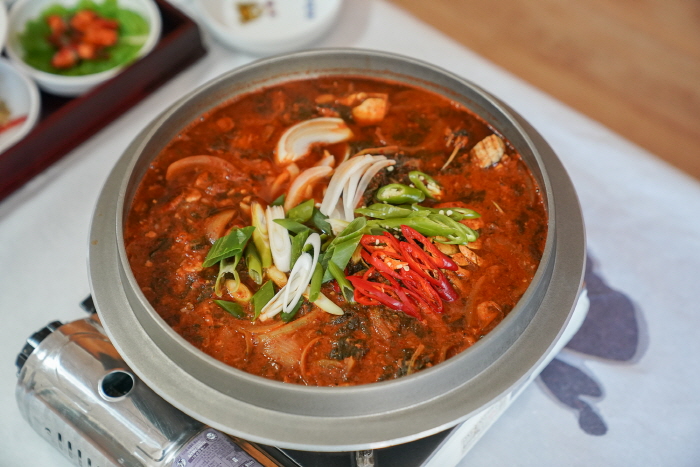

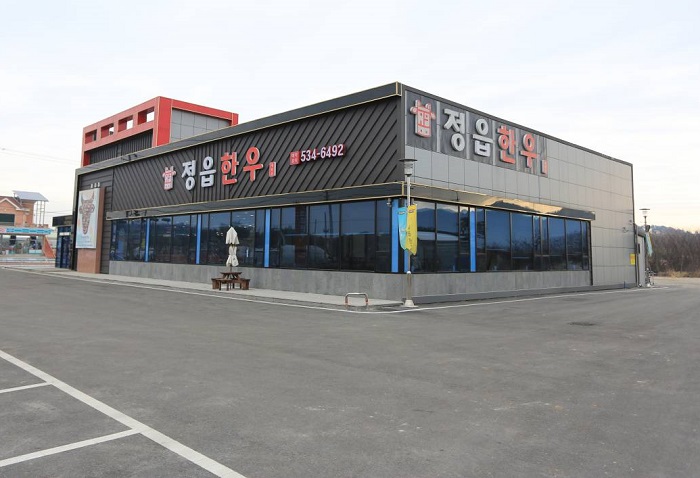
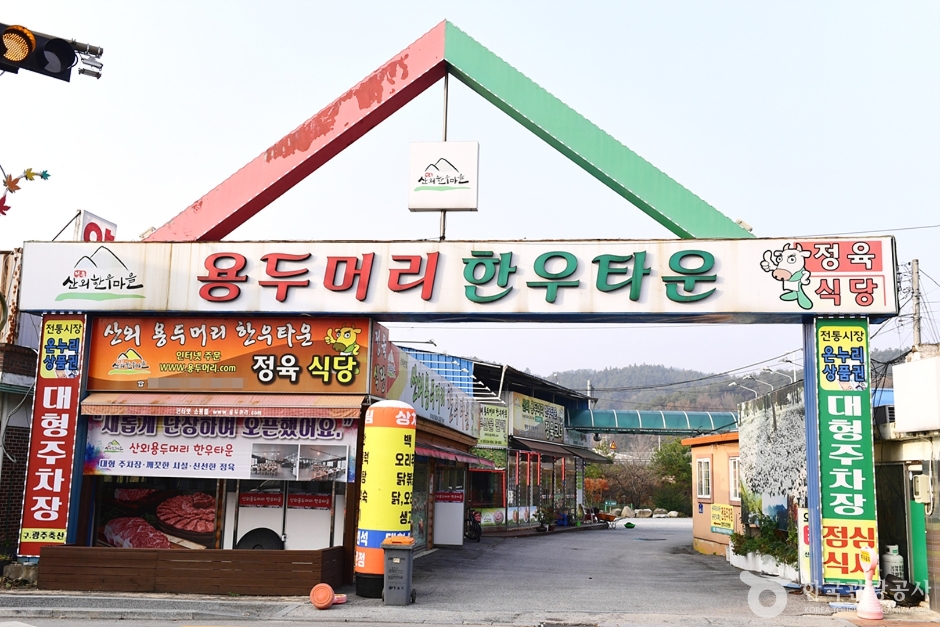
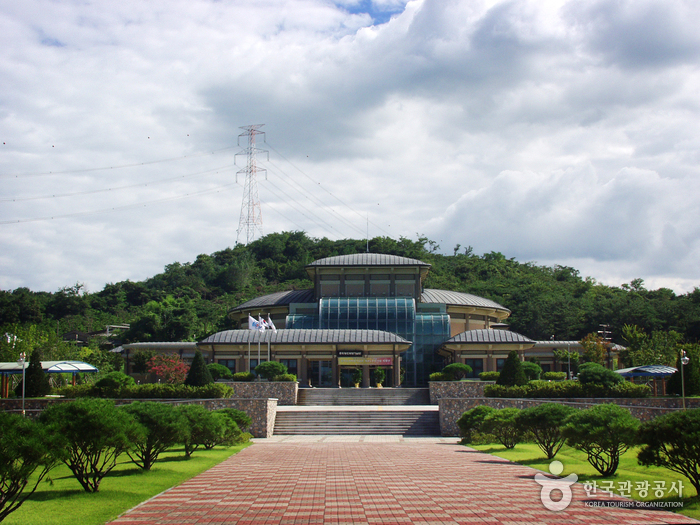
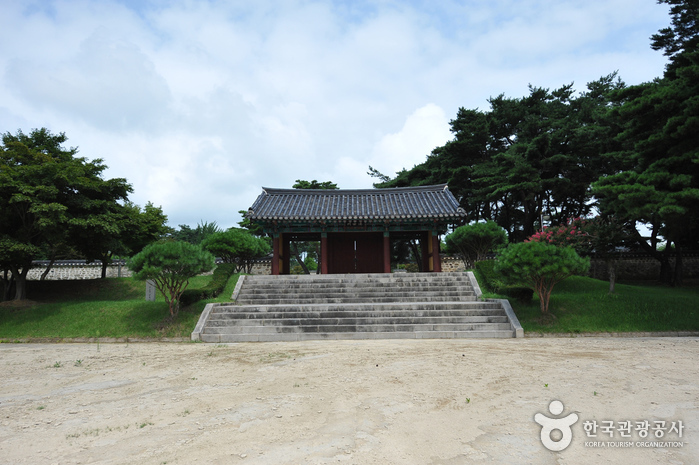
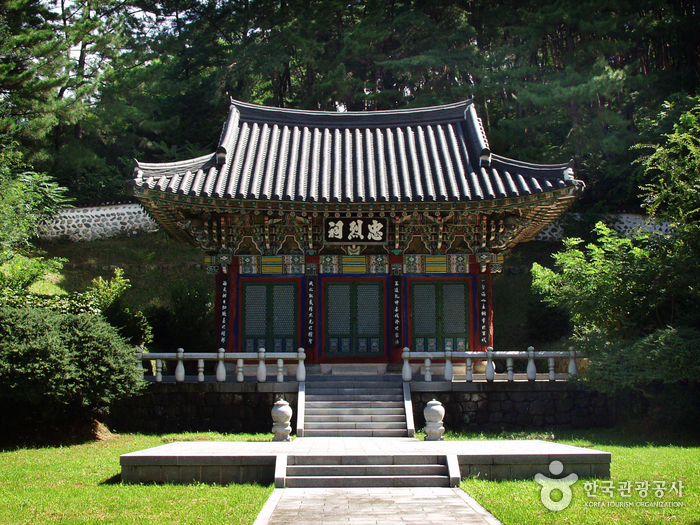
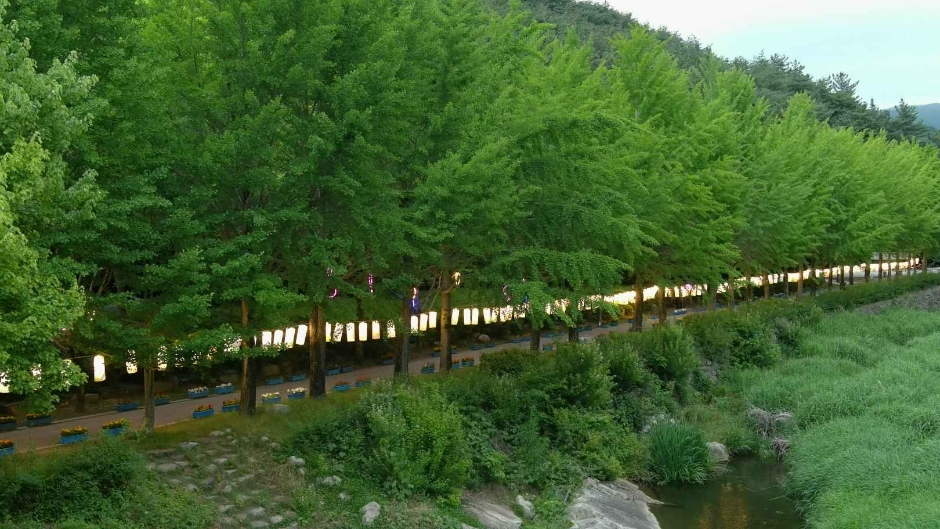
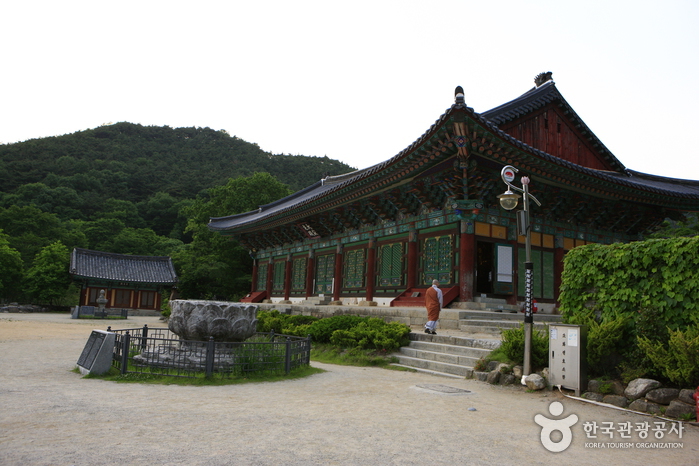
 English
English
 한국어
한국어 日本語
日本語 中文(简体)
中文(简体) Deutsch
Deutsch Français
Français Español
Español Русский
Русский